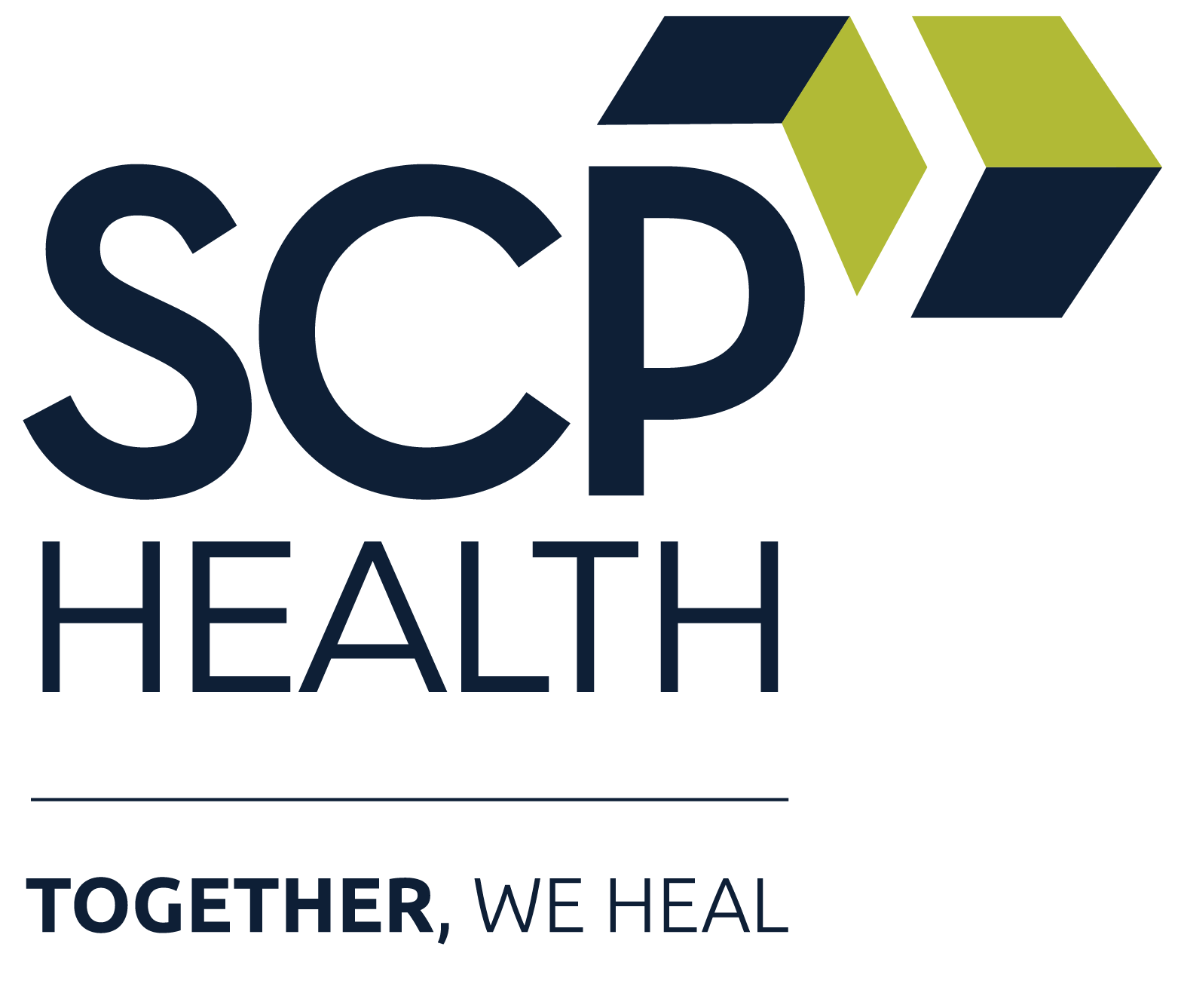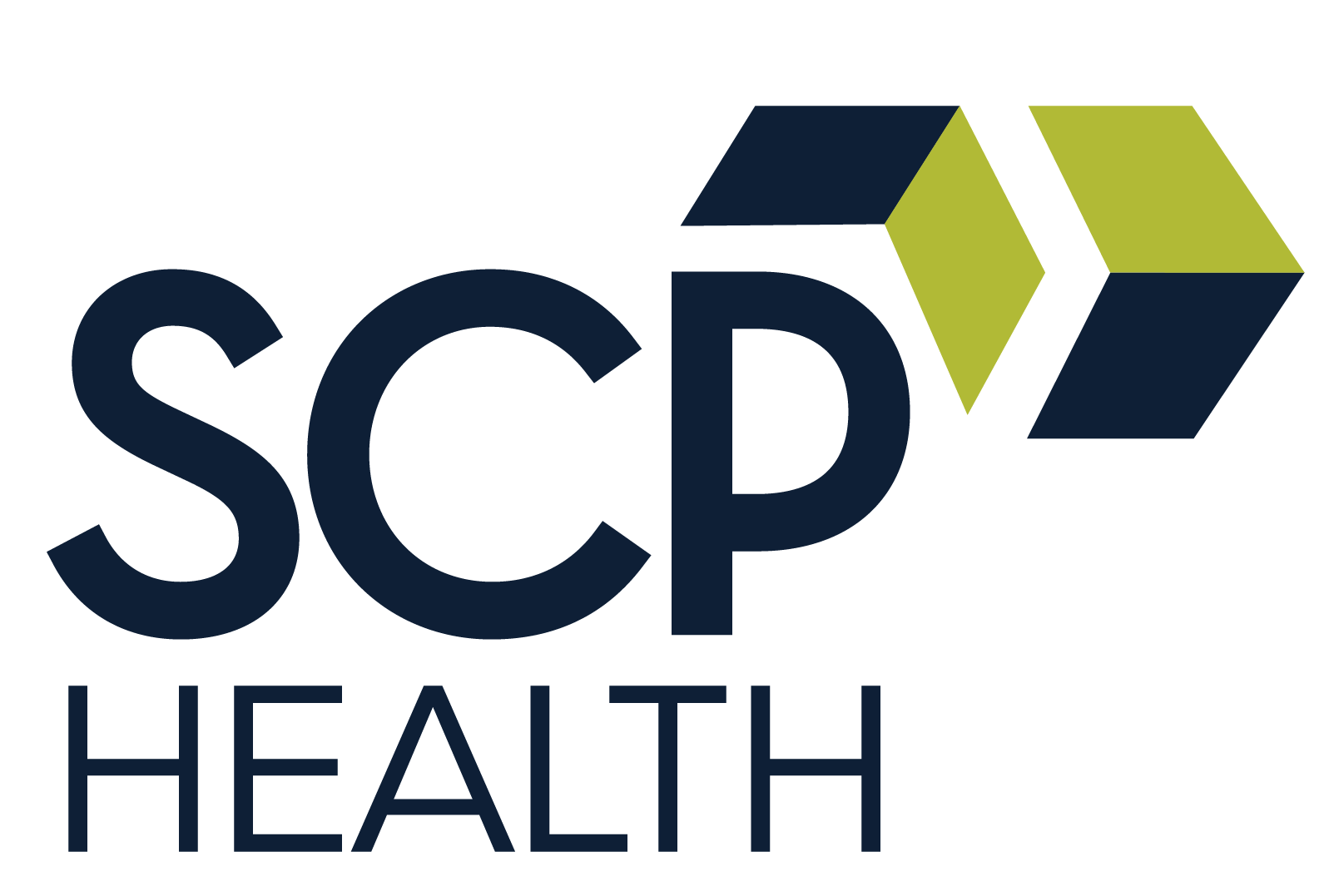By Bentley Tate, MD, Chief Wellness Officer
After 29 years in emergency medicine, my last shift felt different. My last patient was a high school senior with a sprained ankle. After going over his discharge instructions, I handed him a card. It said, “You are the last patient in my 29-year career. Thank you. I wish you well in all of life.” He opened it to find a $50 bill, and on his way out, he invited me to his high school graduation.
In a show of support, my wife Sandra met me at the hospital. We then walked out of the ER, had dinner, and went home. I slept soundly that night, waking up the next morning eager for the rest of my life.
That ending didn’t happen by accident. It was the result of intentional decisions I made throughout my career about how to approach wellness—both personally and within the systems I worked. It’s a journey of learning that what truly prevents burnout isn’t just individual toughness but also a supportive environment that addresses the real sources of our stress.
It's not all about individual toughness
As clinicians, we’re taught to be tough. We learn to push through exhaustion, handle immense pressure, and manage anything that comes our way. That resilience is a strength, but it’s not the whole story. For years, as both a practicing physician and now as a chief wellness officer, I’ve seen that while individual strategies make a difference, they can’t fix systemic problems.
Data and my own observations suggest that an estimated 80% of burnout is caused by “the system.” It’s the long hours, the administrative burdens, the scheduling conflicts, and the cultural pressures that wear us down. Relying solely on personal resilience is like asking someone to bail out a sinking boat with a thimble. You can work as hard as you want, but you won’t fix the leak. True clinician wellness support comes from fixing the boat itself.
What it looks like when the system supports you
So, what does it actually feel like to work in an environment that prioritizes your well-being? It’s not about grand gestures; it’s about the small, daily experiences that make your work more sustainable and fulfilling.
For example, imagine applying for a position where the credentialing questions don’t make you afraid to seek mental health support. Picture questions focused on your current ability to practice safely, not on a past struggle that you’ve already addressed. This small change removes a significant barrier and sends a clear message: your mental health is a priority.
Think about your schedule. What if you had meaningful input into its creation rather than just receiving it? Consider coverage models designed with backups in mind, so you aren’t left scrambling at the last minute when a colleague is sick. This is what a clinician-friendly workplace policy looks like in action—it respects your need for a life outside of medicine and promotes a healthy clinician work-life balance.
Finally, consider your workplace relationships. What would it be like if your medical director was trained to recognize the signs of burnout and equipped to offer genuine support? Imagine leadership that consistently asks, “How will this decision affect our clinicians?” before implementing a new policy or technology. When the system supports you, it feels like having a team that has your back, from your peers to the C-suite.
How to know if an organization is serious about wellness
When you’re evaluating potential employers, I’ve learned to ask specific questions that separate the organizations truly committed to wellness from those just checking boxes. Here’s what I look for – and what I’d encourage you to ask about.
First, find out if they measure what matters. Ask them about their last burnout assessment. If they seem confused by the question, that’s your answer. Organizations that are serious about this track clinician well-being systematically with validated tools. They don’t just collect data; they use it to drive change.
Second, see if they have skin in the game. Look for dedicated wellness leadership with a clinical background, not just another HR initiative. Ask about their wellness committee. Do practicing clinicians have a real voice and genuine input into the strategy? When clinicians are involved in creating solutions, those solutions are far more likely to work.
Third, check for transparency. Do they share their wellness data and assessment results with their clinicians? Can they point to specific changes they’ve made based on feedback from their clinical teams? Organizations participating in programs like the AMA Joy in Medicine Health System Recognition Program typically demonstrate this kind of comprehensive, transparent approach to improvement.
The difference this makes in your career
I’ve seen talented and compassionate clinicians leave medicine because the system simply wore them down. It’s a tremendous loss for our patients, our communities, and the profession itself.
When the structures around you are designed for support, you can focus on what drew you to medicine in the first place: caring for people. A supportive system doesn’t eliminate the challenges of our work, but it removes unnecessary friction and provides the resources to navigate the pressures sustainably.
This approach creates a positive ripple effect. Thriving clinicians provide better care, which leads to better patient outcomes. They are more engaged colleagues, better mentors, and have the energy to contribute to their communities. A focus on systemic wellness isn’t just good for clinicians; it’s good for the entire health care ecosystem.
Your choice matters
In today’s health care landscape, you have more power in choosing your work environment than you might think. The organizations that are serious about creating clinician burnout solutions want to attract clinicians who value that commitment.
Don’t settle for a workplace that treats your well-being as an afterthought. Look for a place where you feel seen, heard, and supported. Your career is a long journey, and the environment you choose to practice in will shape not only your professional satisfaction but your overall quality of life. Make a choice that allows you to not just survive, but thrive.
Interested in joining an organization that prioritizes clinician well-being, led by clinicians? Reach out to SCP Health to learn more. Or, explore current opportunities.





